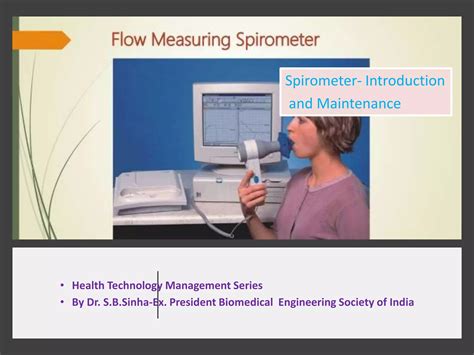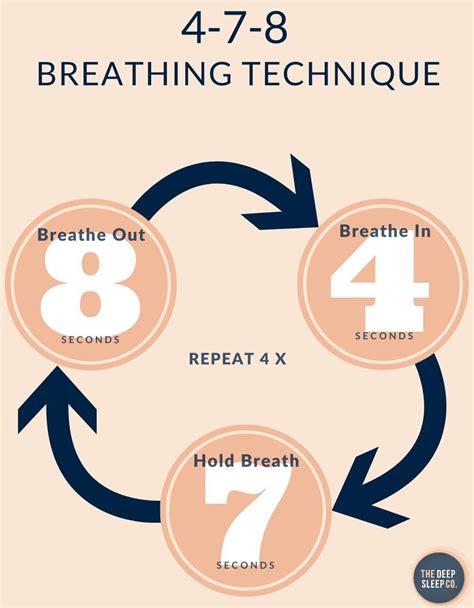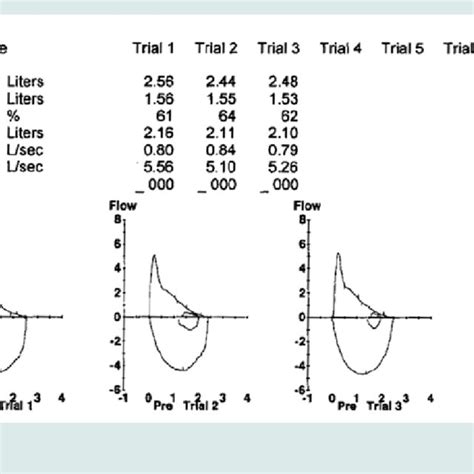Intro
Learn how to use a spirometer with our easy-to-follow, step-by-step guide. Discover the importance of spirometry in diagnosing respiratory conditions like asthma and COPD. Understand how to properly perform a spirometry test, interpret results, and improve lung function. Master spirometer usage for accurate readings and better breathing health.
Using a spirometer is a crucial step in diagnosing and managing respiratory diseases such as asthma, chronic obstructive pulmonary disease (COPD), and cystic fibrosis. A spirometer is a non-invasive medical device that measures the amount of air inhaled and exhaled by the lungs, providing valuable information about lung function. In this article, we will guide you through the simple steps of using a spirometer, helping you to better understand the process and get accurate results.
Spirometry is a common pulmonary function test (PFT) that is widely used in medical settings. It is a quick, painless, and non-invasive procedure that can be performed in a doctor's office or clinic. The test measures the volume and speed of air inhaled and exhaled by the lungs, providing information about lung function and capacity.

Preparation for Spirometry
Before undergoing spirometry, it is essential to prepare yourself to get accurate results. Here are some simple steps to follow:
- Avoid smoking for at least 24 hours before the test, as smoking can affect lung function.
- Avoid eating a large meal or drinking caffeine before the test, as this can cause stomach discomfort and affect breathing.
- Wear loose, comfortable clothing that won't restrict your breathing.
- Remove any tight clothing, such as a tie or scarf, that may constrict your neck.
Step 1: Seating and Positioning
The first step in using a spirometer is to sit comfortably in a chair with your back straight. You will be seated in front of the spirometer, which is usually a small, computerized device with a mouthpiece attached to it. The mouthpiece is connected to a tube that measures the airflow.
Step 2: Nose Clips and Mouthpiece
Once you are seated, the healthcare professional will provide you with nose clips to wear during the test. The nose clips help to ensure that all the air you breathe in and out is measured by the spirometer. You will then be asked to place the mouthpiece in your mouth, making sure that your lips are sealed around it to prevent any air leaks.

Performing the Spirometry Test
The spirometry test typically consists of three parts: forced vital capacity (FVC), forced expiratory volume (FEV), and slow vital capacity (SVC). Here's what you can expect during each part of the test:
- Forced Vital Capacity (FVC): You will be asked to take a deep breath in through the mouthpiece and then exhale as quickly and forcefully as possible. This measures the total amount of air in your lungs.
- Forced Expiratory Volume (FEV): You will be asked to take a deep breath in through the mouthpiece and then exhale as quickly and forcefully as possible. This measures the amount of air you can exhale in one second.
- Slow Vital Capacity (SVC): You will be asked to take a deep breath in through the mouthpiece and then exhale slowly and steadily. This measures the total amount of air in your lungs.
Step 3: Breathing Techniques
During the test, it is essential to follow the breathing techniques instructed by the healthcare professional. You will be asked to breathe in and out slowly and steadily, and then forcefully exhale. It is crucial to relax and breathe naturally, as this will help you get accurate results.

Understanding Spirometry Results
After completing the spirometry test, the healthcare professional will review the results with you. The results will show the volume and speed of air inhaled and exhaled by your lungs, providing information about your lung function and capacity. The results may include:
- Forced Vital Capacity (FVC): The total amount of air in your lungs.
- Forced Expiratory Volume (FEV): The amount of air you can exhale in one second.
- Slow Vital Capacity (SVC): The total amount of air in your lungs.
Interpretation of Results
The healthcare professional will interpret the results and compare them to normal values based on your age, sex, height, and weight. The results may show:
- Normal lung function: If your results are within the normal range, it indicates that your lungs are functioning correctly.
- Abnormal lung function: If your results are outside the normal range, it may indicate a respiratory disease or condition, such as asthma or COPD.

Common Uses of Spirometry
Spirometry is widely used in medical settings for various purposes, including:
- Diagnosing respiratory diseases: Spirometry is used to diagnose respiratory diseases such as asthma, COPD, and cystic fibrosis.
- Monitoring lung function: Spirometry is used to monitor lung function in patients with respiratory diseases, helping to adjust treatment plans.
- Screening for lung disease: Spirometry is used to screen for lung disease in people who are at risk, such as smokers or those with a family history of respiratory disease.
Benefits of Spirometry
Spirometry has several benefits, including:
- Non-invasive: Spirometry is a non-invasive test that doesn't require any needles or surgery.
- Quick and painless: The test is quick and painless, taking only a few minutes to complete.
- Accurate results: Spirometry provides accurate results, helping healthcare professionals diagnose and manage respiratory diseases.

Conclusion
Using a spirometer is a simple and non-invasive process that provides valuable information about lung function and capacity. By following the steps outlined in this guide, you can help ensure accurate results and better understand your lung health. Remember to prepare yourself before the test, follow the breathing techniques, and ask questions if you have any concerns.
We hope this guide has been helpful in explaining the process of using a spirometer. If you have any further questions or concerns, please don't hesitate to ask your healthcare professional.
What is spirometry?
+Spirometry is a common pulmonary function test (PFT) that measures the amount of air inhaled and exhaled by the lungs, providing valuable information about lung function and capacity.
How long does the spirometry test take?
+The spirometry test typically takes only a few minutes to complete.
Is spirometry painful?
+No, spirometry is a non-invasive test that doesn't require any needles or surgery, and it is not painful.
What are the benefits of spirometry?
+Spirometry has several benefits, including being non-invasive, quick, and painless, and providing accurate results.
What are the common uses of spirometry?
+Spirometry is widely used in medical settings for diagnosing respiratory diseases, monitoring lung function, and screening for lung disease.
